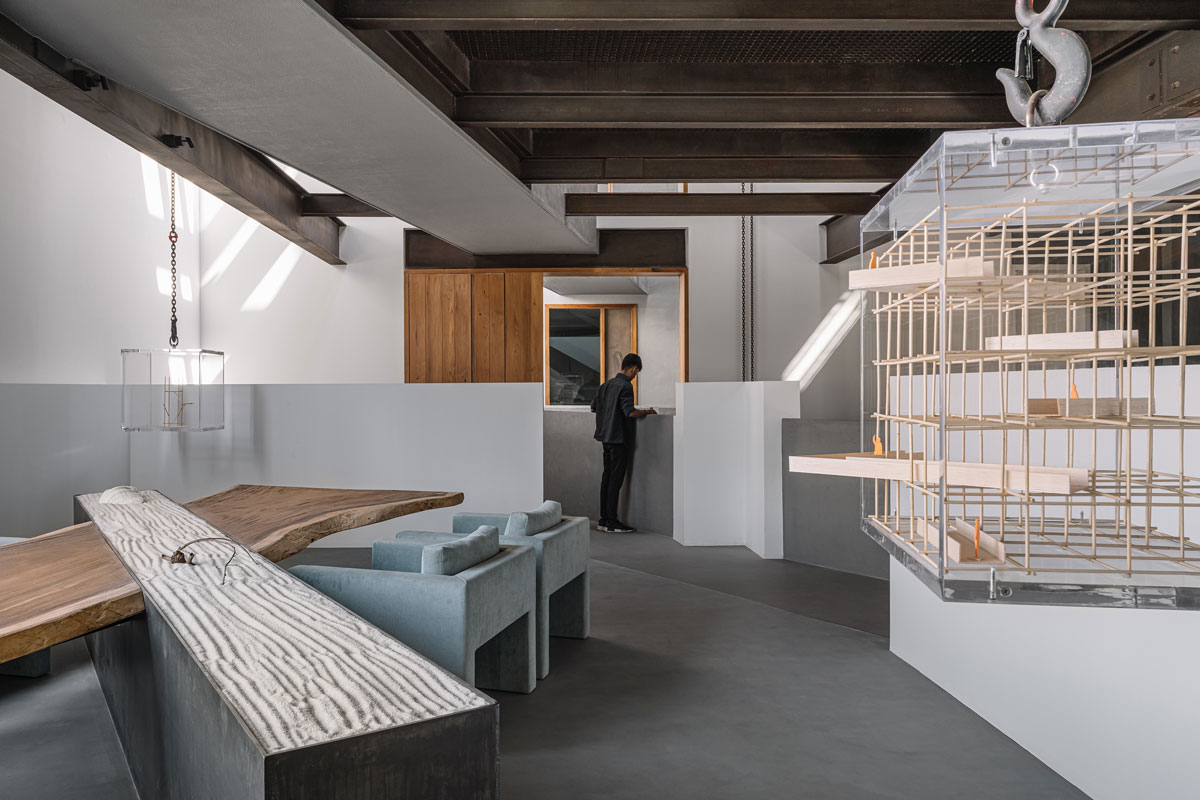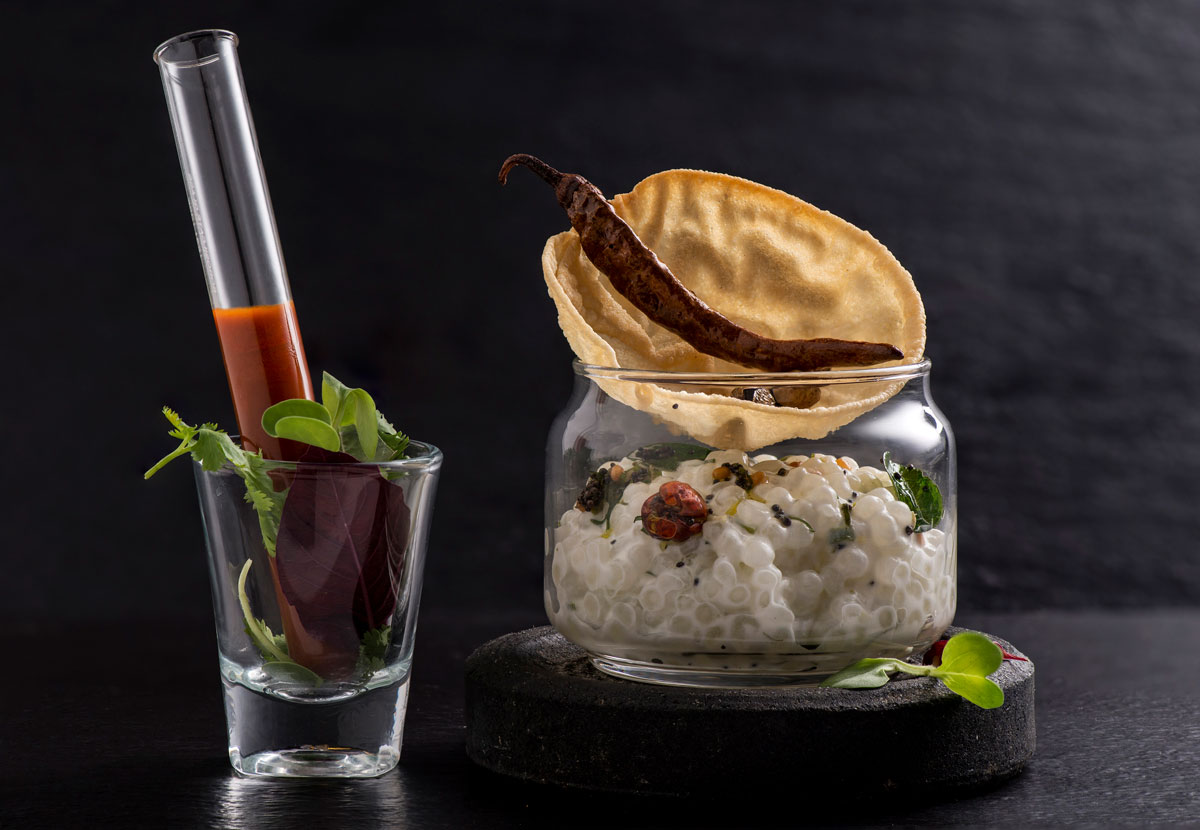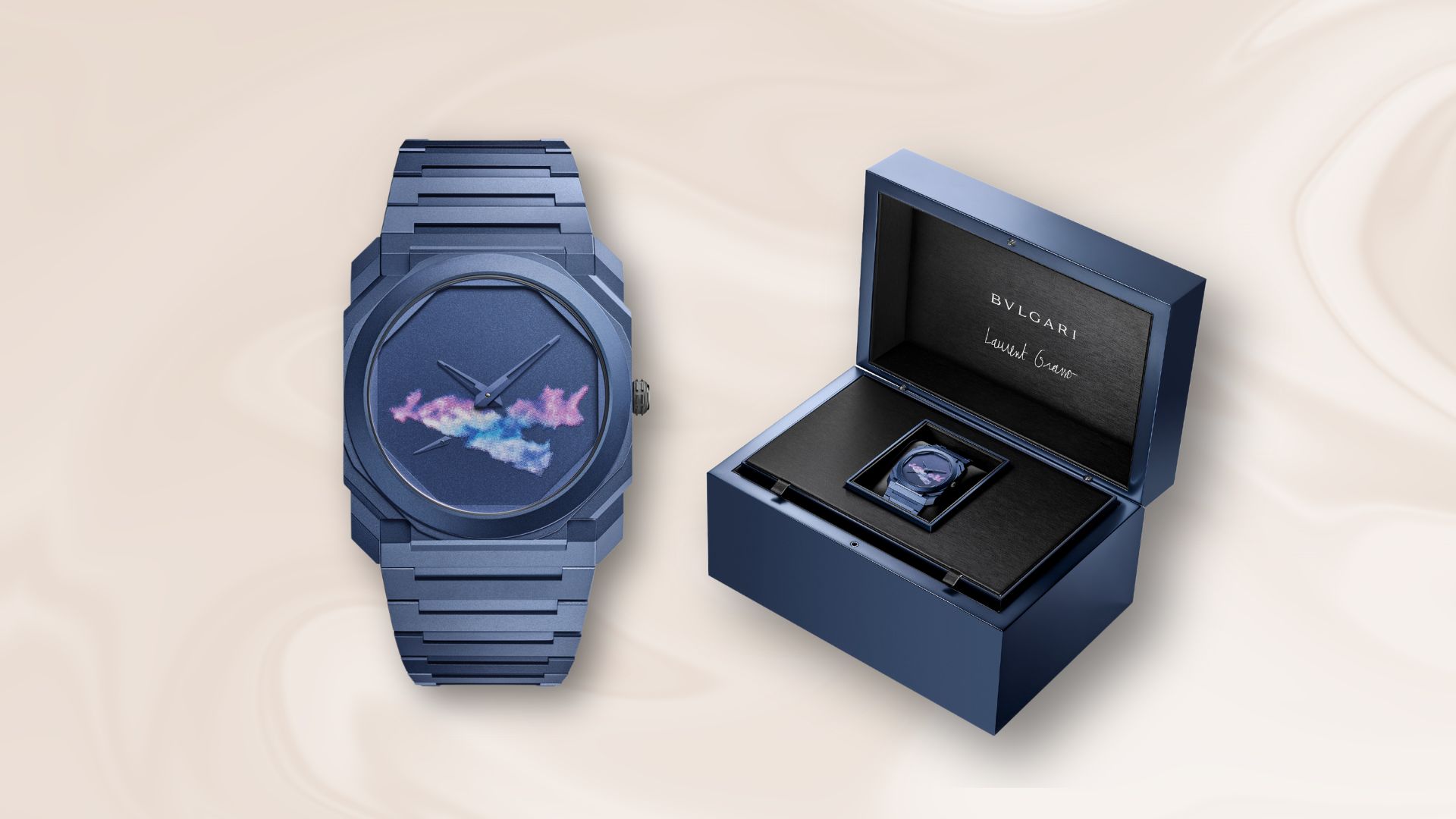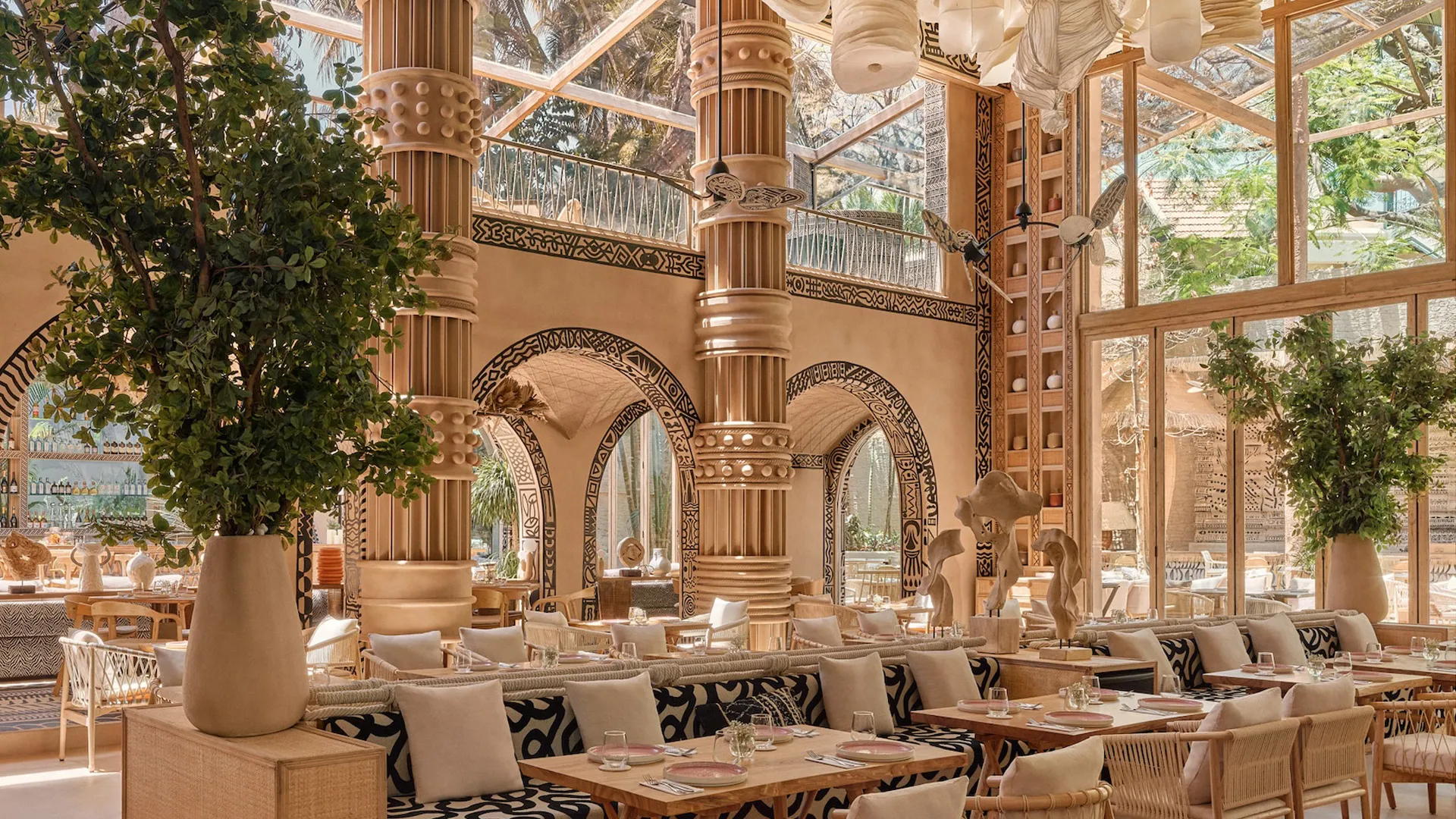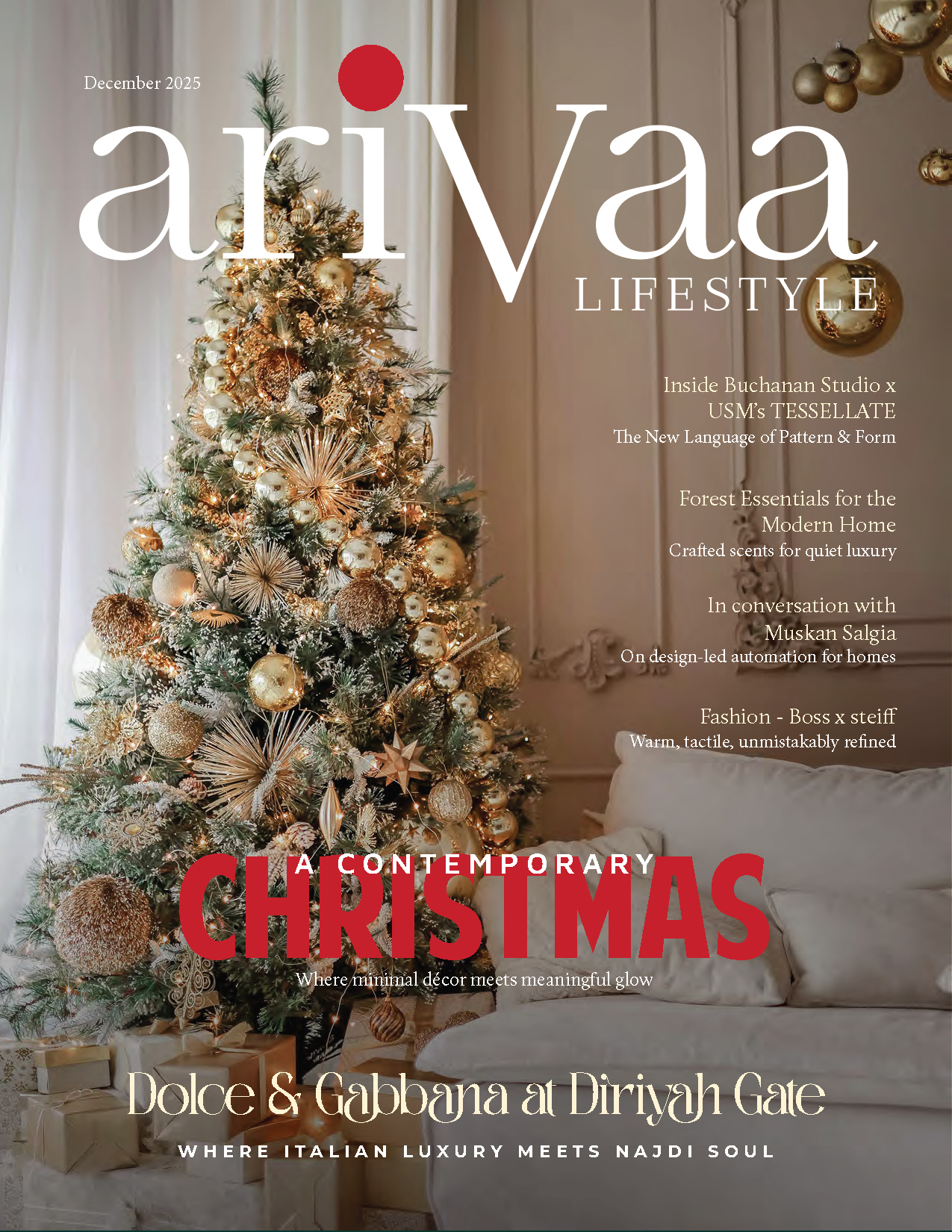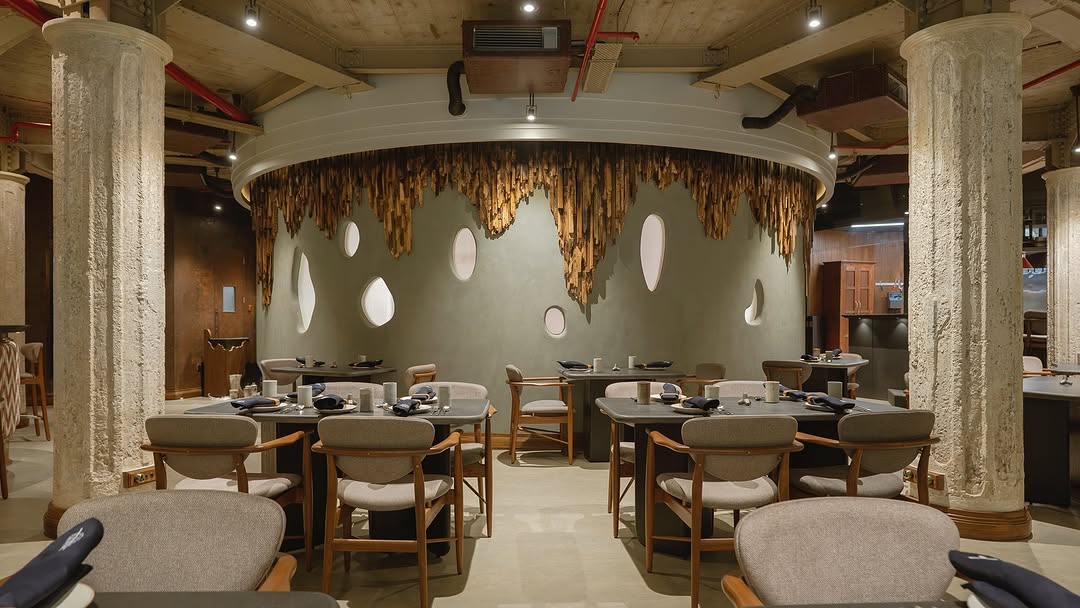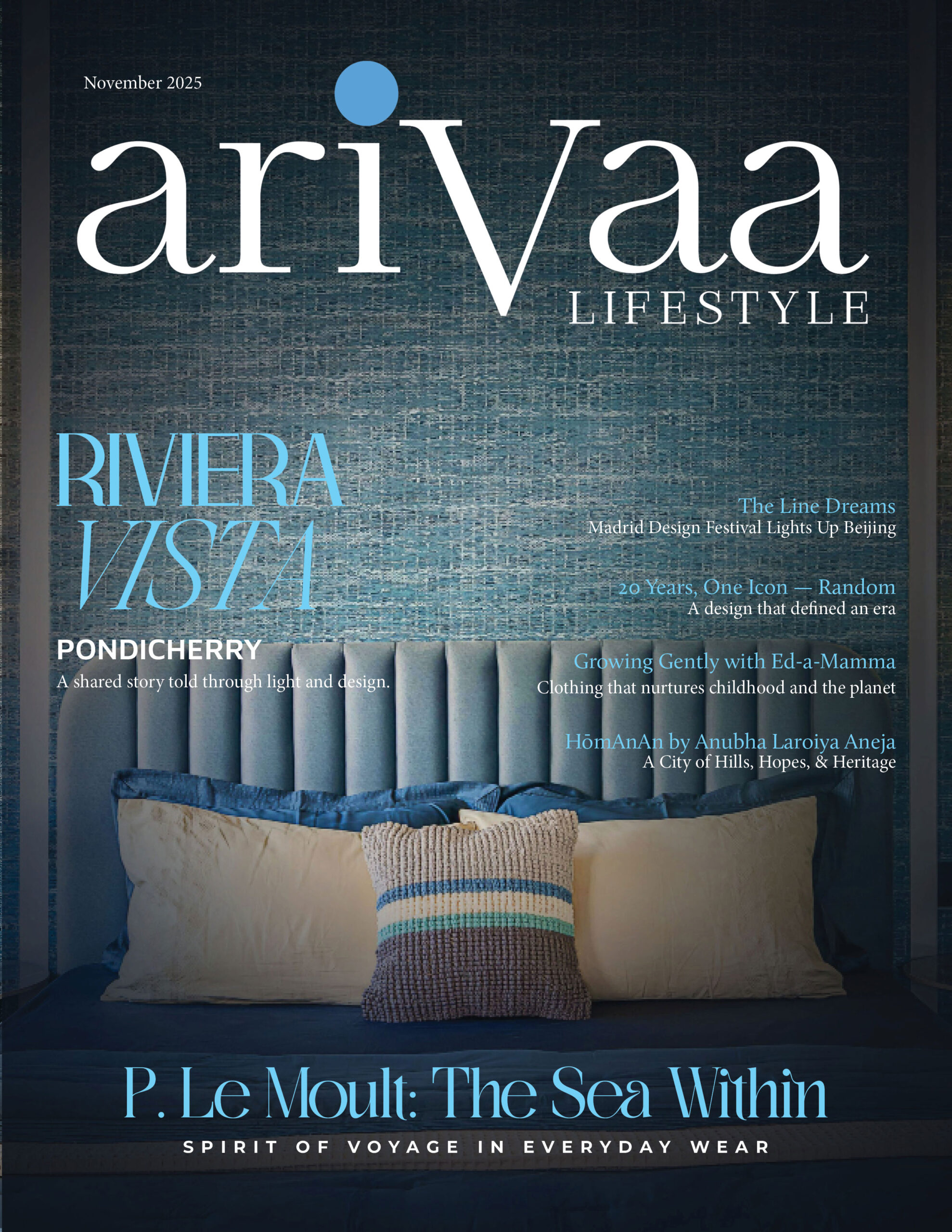Architect and founder of Fulcrum Studio, Husna Rehman, invites us into the deeply personal and evocative world of Project HIRA—a space that transcends traditional design narratives. Rooted in memory and emotion, Project HIRA reflects her introspective journey and a quiet yet powerful defiance of conventional architectural norms. Every corner of the project tells a story, not just of aesthetics, but of lived experiences, personal reflections, and a desire to create something meaningful and enduring. Through this project, Husna challenges the boundaries of form and function, offering a space that is as much about feeling as it is about design.
Project HIRA is deeply personal. It is named after your grandmother and built on the land of your childhood home. What emotions and memories guided your creative choices during this journey?
HIRA is my heart turned inside out. It rises from the soil that once cradled my childhood, and it carries the name of the woman who taught us strength without volume—my grandmother, Hira. Every decision in this space was guided by memory, not the kind framed in photographs, but the kind stitched into scent, rhythm, and breath.
The laughter that once echoed in the courtyard, the night jasmine weaving its perfume through the dusk, the soft hum of the sewing machine—all of it lingered. And in listening to those fragments, I found form.
Creating HIRA was never about building. It was about remembering. And in that act of remembering, I found a kind of healing I didn’t know I needed.
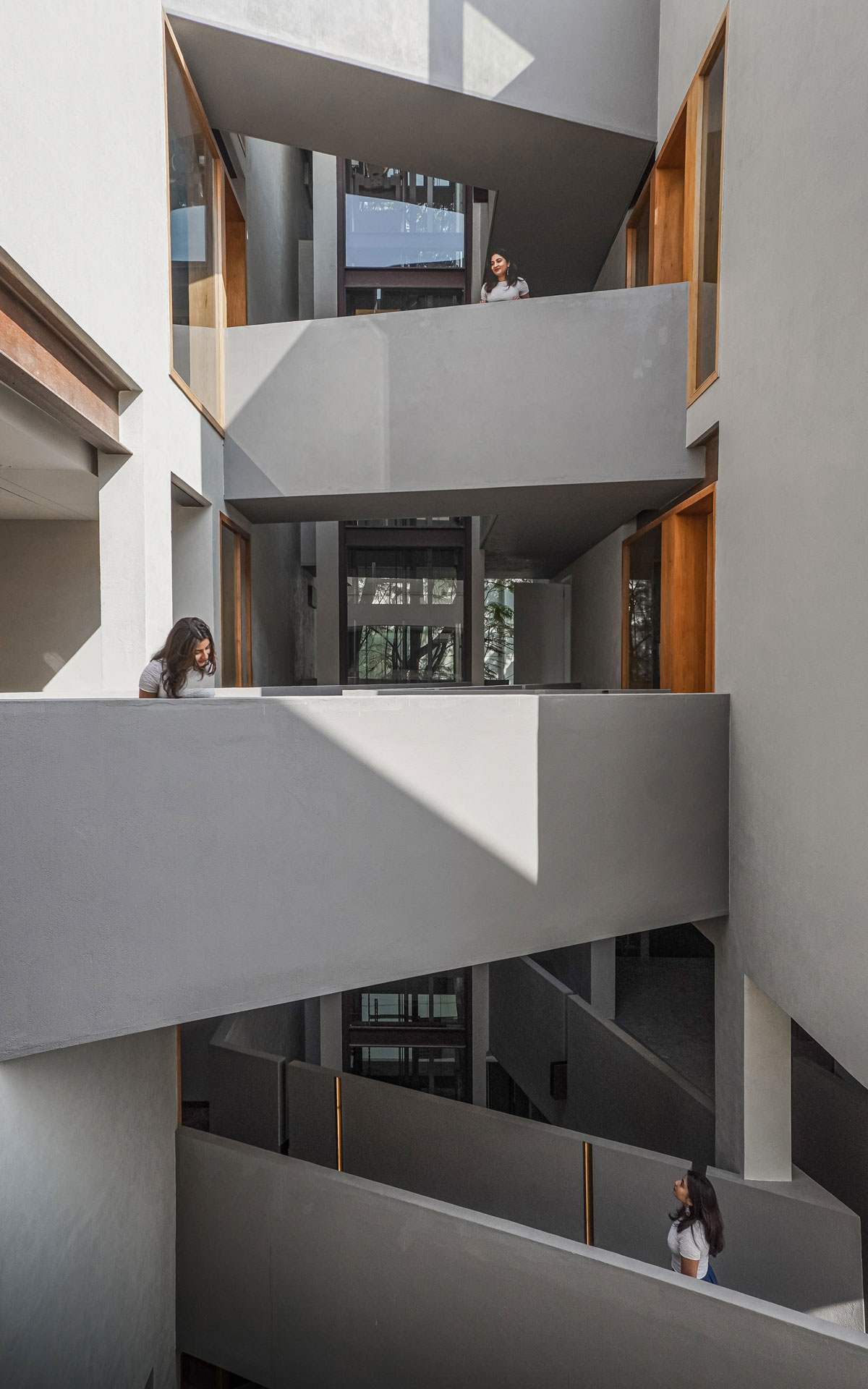
How does your storytelling instinct influence your spatial and material decisions—particularly in HIRA?
I don’t see space as static—I see it as narrative. Every material has a voice, every shadow holds a pause, every transition is a turning page. In HIRA, the story was deeply inward. Heirloom fabrics weren’t chosen for beauty; they were chosen for memory. Light wasn’t an accessory; it became a diary, chronicling the day in gradients and silhouettes.
I design to evoke. To let the story unfold gently, like a memory returning—not fully formed, but felt.
HIRA’s design leans heavily on contrasts—rugged concrete with heirloom fabrics, and angular bridges with fluid shadows. What inspired these contradictions, and how do they reflect your design philosophy?

Life is contradiction. We are made of softness and steel, of remembrance and becoming. HIRA reflects that complexity—where concrete, often seen as harsh, becomes a vessel for tenderness. Where sharp lines give way to shadows that meander.
These oppositions aren’t ornamental; they’re essential. They ask quiet questions: What is strong? What is soft? And can both exist, unapologetically, in the same breath?
That’s where my design lives—in the unspoken space between the extremes.
The “nothing space” in HIRA invites open interpretation. How important is ambiguity in your work, and what do you hope people experience when they encounter such spaces?
Ambiguity, to me, is sacred. In a world so eager to define, measure, and conclude, I find grace in the undefined. The “nothing space” is not absence—it is potential. It holds the quiet weight of pause, the open-endedness of imagination.
I don’t wish to choreograph the experience. I want to create space for it—to let people meet the architecture with their own stories, their own silences. In that meeting, something deeply personal can emerge. And that, to me, is more powerful than anything prescriptive.
As someone who sees architecture as a vessel for human consciousness, what role do you think sensory design plays in shaping deeper emotional connections in living spaces?
Sensory design is the soul of architecture. It’s not in what you see—but in what you feel before you understand. The cool press of stone underfoot, the rustle of a curtain in the breeze, the way sunlight folds itself over a surface—these are not details. They are languages.
When we design with the senses, we acknowledge the human within the space. We honour our presence. We allow the subconscious to participate.
I often say: a room must seduce gently—like a half-remembered melody. Something your body understands before your mind does. When a space breathes with you, mirrors your stillness or your ache—that is when architecture becomes alchemy.

You’ve been globally recognized for your bold, evocative designs. How has being a woman in architecture shaped your voice, and what message would you give to young women aspiring to enter the field?
Being a woman in architecture has taught me how to listen—not just to people, but to space, to silence, to what’s left unsaid. It has taught me how to endure, to stay rooted when the winds of doubt blow hardest.
The world isn’t always ready for women who speak boldly in form and feeling. But in that very resistance, I found my voice—shaped not in spite of my womanhood, but because of it.
To the young women stepping into this field: walk your own rhythm. Build with tenderness and tenacity. Let your voice be your compass. Don’t shrink to fit; expand to hold.
The world needs your vision—not polished for approval, but raw, honest, and whole.
If HIRA is a metaphorical bridge between memory and reinvention, what would you say is the next journey you wish to embark on through Fulcrum Studio’s lens?
If HIRA was a return to roots, then the next journey is a quiet flight outward. To explore new geographies, both literal and emotional. To build with essence, not just with instruction.
Through Fulcrum Studio, I want to keep pursuing this subtle rebellion: to create architecture that doesn’t shout, but lingers. That doesn’t demand attention, but earns presence.
I am drawn to collaborations that feel like conversations. Projects that don’t just ask what should be built, but how should it feel—what light should it hold, what silence should it honour?
The next chapter is about continuing to make—with integrity, with intuition, with the kind of beauty that doesn’t just fill the eye, but fills the soul.
Also Read: Biophilic design by Kenneth Cobonpue meets artistic furniture in Mumbai.

